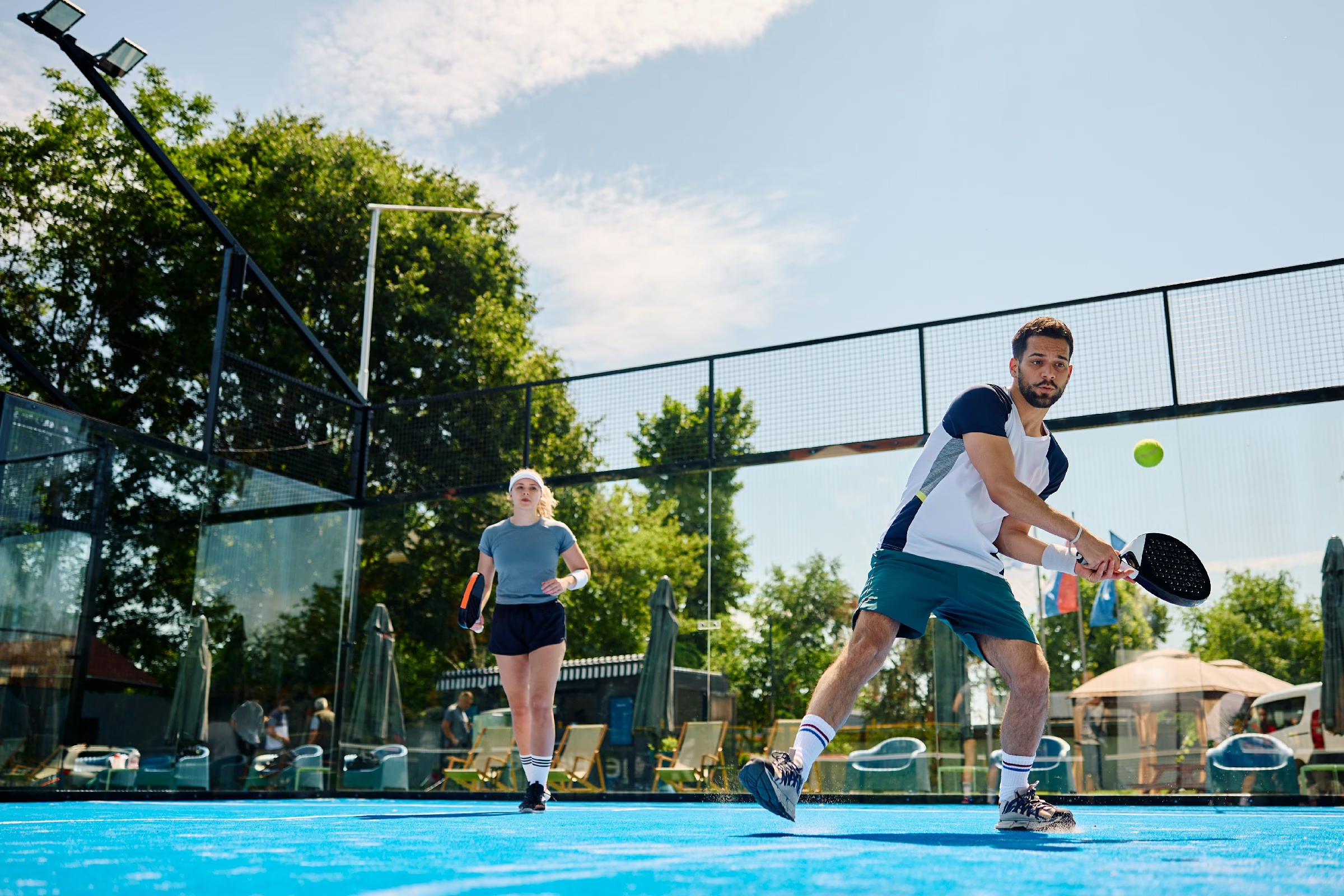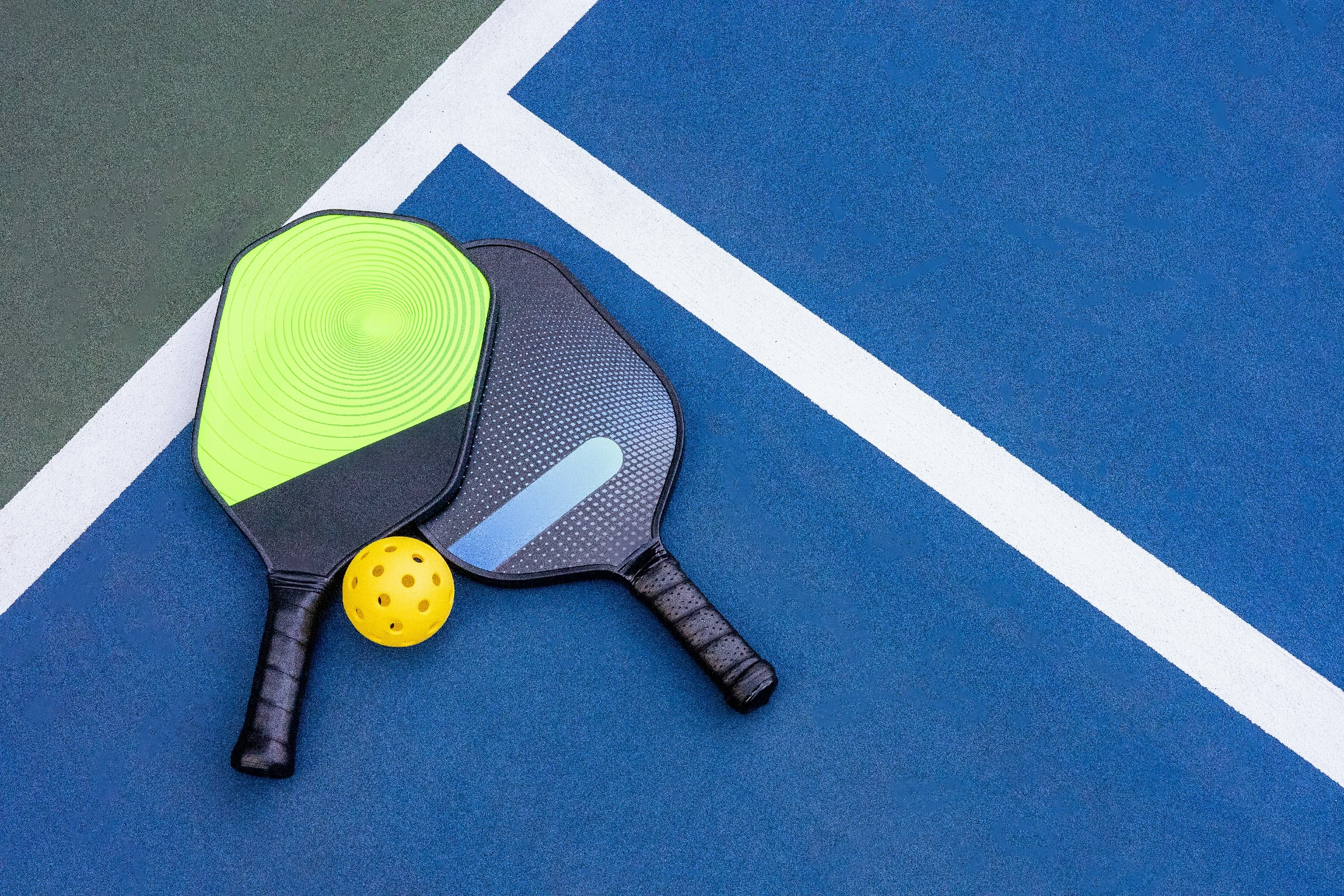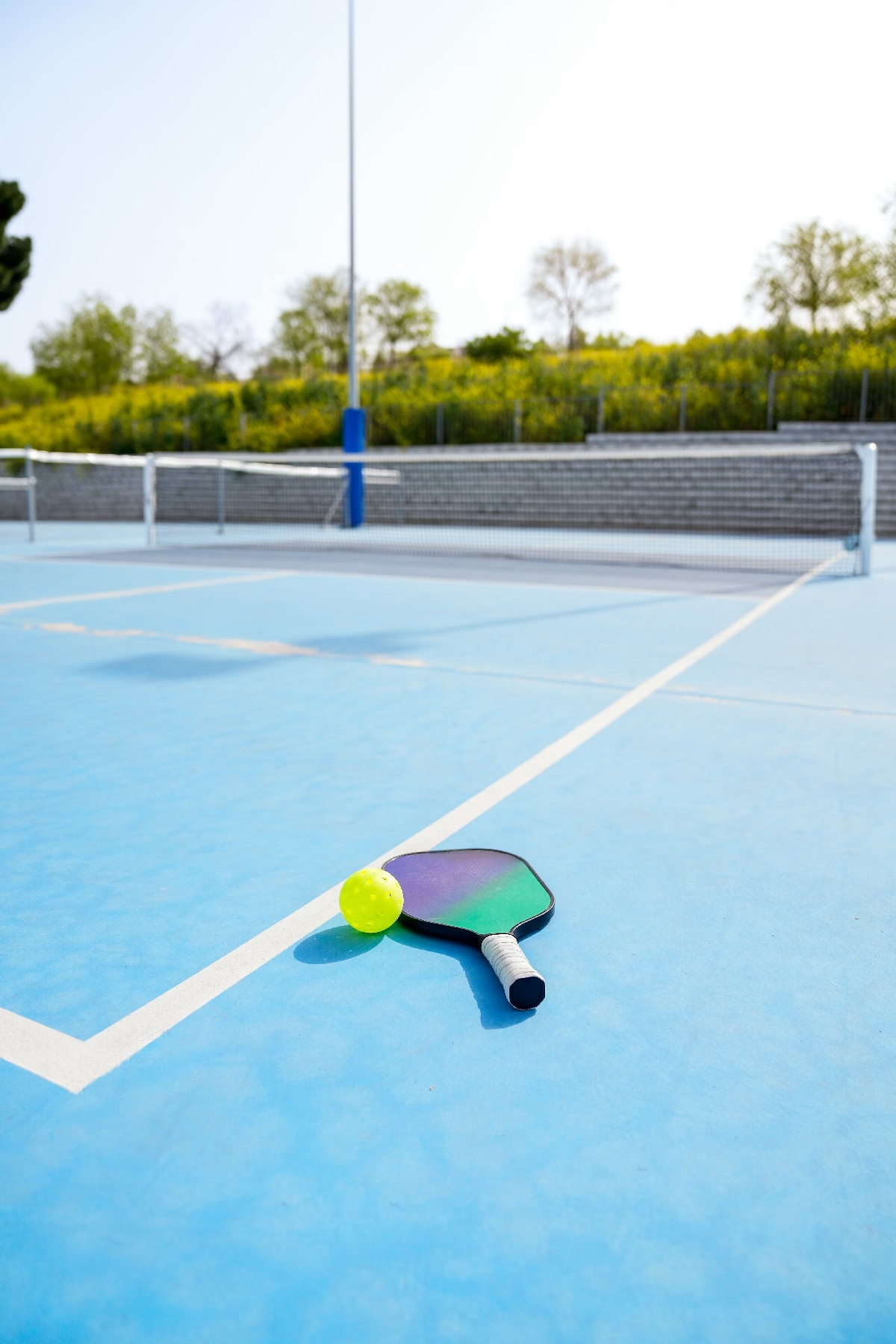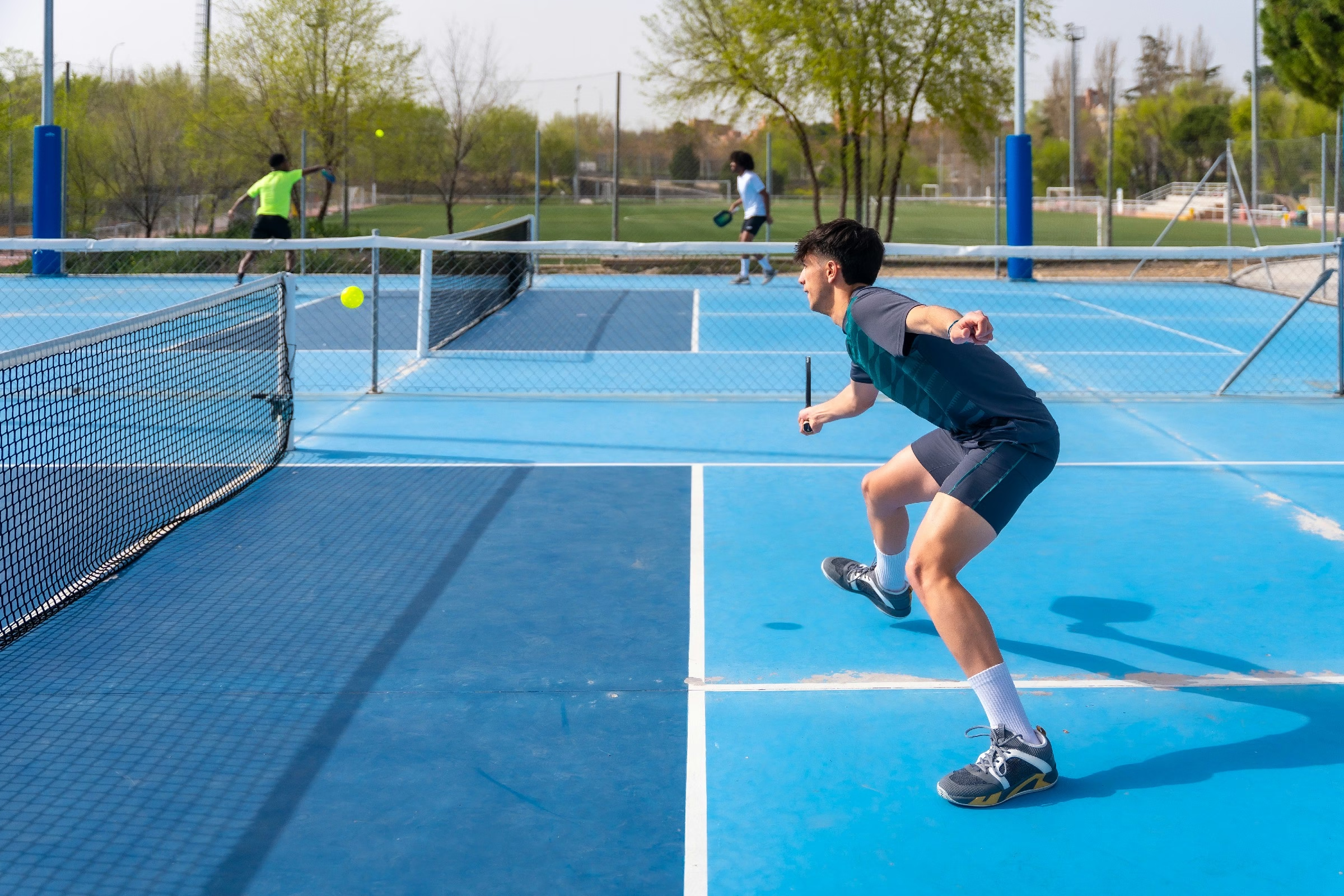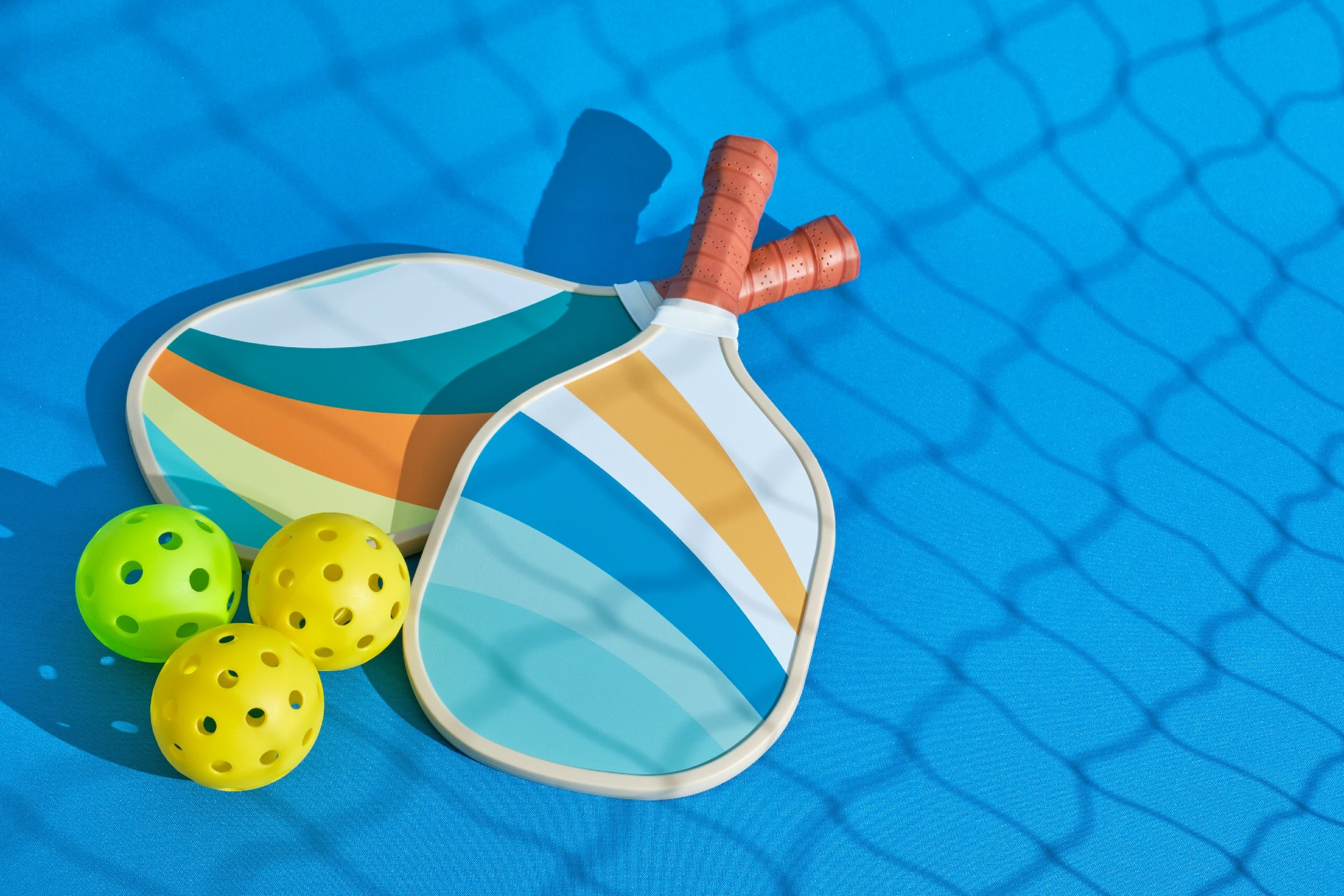Blog
when was the first pickleball tournament
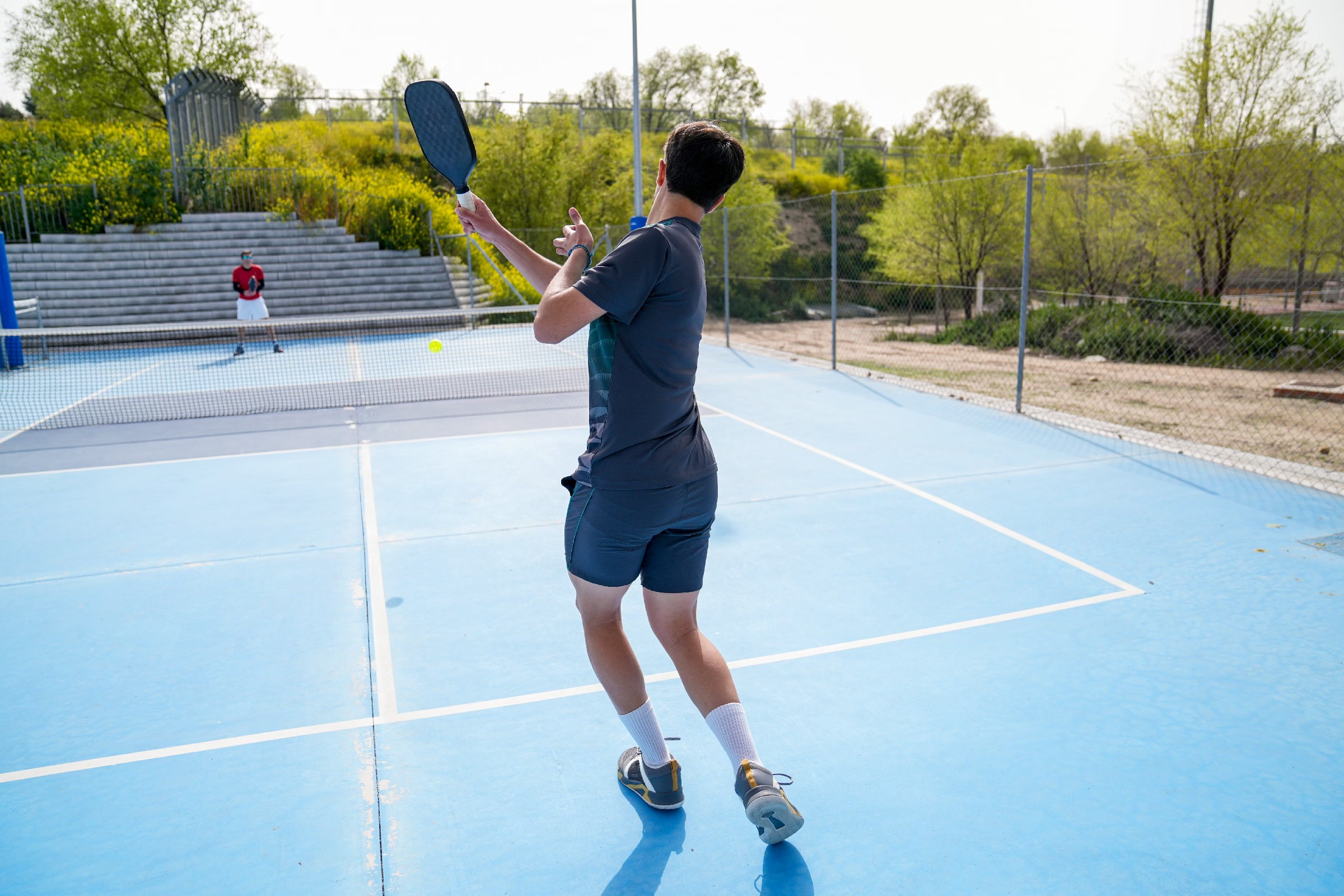
In the world of sports, few games have soared in popularity as rapidly as pickleball, a unique blend of tennis, badminton, and ping-pong.Originating in the 1960s on the sun-kissed lawns of Bainbridge Island, Washington, this engaging racket sport has captured the hearts of players of all ages. But when did the competitive spirit take hold and give rise to the first official pickleball tournament? Join us as we journey through time, exploring the origins of this beloved game and the pivotal moment when it transformed from a fun backyard activity into a spirited contest that paved the way for the vibrant community we see today.
Table of Contents
- The Origins of Pickleball and Its Evolution into a Competitive Sport
- Tracing the Roots of the First Pickleball Tournament
- Key Figures Behind the inception of Competitive pickleball
- Milestones in Tournament Growth and Participation Over the Years
- The Impact of the First Tournament on Modern pickleball Culture
- Recommendations for Aspiring players Inspired by Early Tournaments
- Q&A
- In Summary
The Origins of pickleball and Its evolution into a Competitive Sport
Pickleball originated in the summer of 1965 on Bainbridge Island,Washington,when three dads—Joel pritchard,Bill Bell,and Barney McCallum—designed a new game to entertain their children. Using an assortment of equipment they had on hand, including a net, ping pong paddles, and a perforated plastic ball, they improvised the rules. The blend of badminton, tennis, and ping pong laid the groundwork for a sport that would soon attract both amateur players and competitive athletes.
As the years progressed, the sport began to gain traction across the United States. Many community centers and recreational facilities embraced pickleball, leading to the first official tournament. In 1976,the first national pickleball tournament was held in the state of Washington,drawing participants eager to showcase their skills. This event marked a pivotal moment in pickleball history, elevating its status from a backyard pastime to a recognized competitive sport.
With the growing popularity of the game,the establishment of governing bodies and the standardization of rules became essential. In 1984, the United States Amateur Pickleball Association (USAPA) was founded, further promoting the sport and organizing more tournaments across the nation. The structure and competitive nature of pickleball evolved rapidly, fostering leagues and clubs that attracted players ranging from casual enthusiasts to elite competitors. today, pickleball boasts a vibrant community and is poised for even greater recognition on both national and international stages.
Tracing the Roots of the First Pickleball Tournament
The inception of organized pickleball competition can be traced back to the summer of 1976 when the first official tournament took center stage. Hosted at the Bainbridge Island community center in Washington, this event marked a notable milestone for a sport that was born out of a simple backyard game. The tournament attracted local enthusiasts and marked the beginning of a rapidly growing community bound by love for the game.
Participants of that first tournament engaged in spirited matches, revealing the competitive edge that pickleball would later become famous for. The structure of the event was relatively informal, yet it successfully ignited a passion for competition among players. Key highlights of that inaugural tournament include:
- First-ever pickleball champions crowned
- Introduction of a amiable rivalry atmosphere
- The establishment of key rules that would define future tournaments
As the sport evolved, so did the format of its tournaments. Over the years, the first tournament’s success laid the groundwork for annual events, further shaping the competitive nature of pickleball. A spectacular growth trajectory was set in motion, evidenced by the increasing participation rates across various age groups and skill levels. In fact,the evolution of tournaments can be summarized as follows:
| Year | Major Tournament Milestone |
|---|---|
| 1976 | First Official Tournament |
| 1984 | First National Tournament |
| 2009 | introduction of the U.S. Open Pickleball Championships |
Key Figures Behind the Inception of Competitive Pickleball
The competitive landscape of pickleball was substantially shaped by several key figures whose passion for the sport drove its initial tournaments. In 1965, Joel Pritchard, along with his friends Bill Bell and Bob O’Connor, pioneered the game on Bainbridge Island, Washington. Their vision was not merely to create a new backyard pastime but to establish a structured sport that could develop into something more competitive. This group laid the foundational principles and rules that would govern pickleball, making it accessible to individuals of all ages.
As the sport gained traction, pivotal tournaments emerged, showcasing talented players and fostering a sense of community.In 1976, the first ever officially recognized tournament took place in Pasadena, California. This meeting attracted a diverse array of competitors, uniting novice players with seasoned athletes seeking to test their skills. The event marked a turning point for pickleball, demonstrating its potential not just as a casual leisure activity, but as an organized sport worthy of competition.
In the years following, several influential organizations, including the USA Pickleball Association (USAPA), were established to formalize tournament regulations and promote the game across the United States. These entities played a crucial role in setting up standards for competitions and introducing significant events such as the National Championships. The commitment of these leaders helped to elevate pickleball from community parks to national recognition, ensuring its place in the world of sports.
Milestones in Tournament Growth and Participation Over the Years
The journey of pickleball tournaments began in earnest in 1976, when the first official event was held in Washington State. This inaugural tournament attracted players from nearby communities and brought significant attention to the sport.Participants engaged in spirited matches,showcasing the unique blend of tennis,badminton,and ping-pong that defines pickleball. The event’s success sparked interest across the nation, leading to the establishment of more tournaments in the subsequent years.
As the sport gained momentum, the 1980s and 1990s marked a crucial period of expansion. With the emergence of national organizations dedicated to promoting pickleball, more structured competitions began to take shape. Key milestones during this era included:
- The formation of the USA Pickleball Association in 2005 – Standardizing rules and fostering growth.
- Introduction of age-specific categories – Encouraging participation across all age groups.
- Hosting of the first national championship in 2009 – Solidifying the sport’s place on the competitive athletic stage.
today, the growth trajectory of pickleball tournaments continues to soar, with events drawing hundreds of participants from diverse backgrounds. The inclusion of major sponsors and media coverage has further propelled the sport into the spotlight. An overview of tournament participation over recent years illustrates this remarkable rise:
| Year | Number of Tournaments | Participants |
|---|---|---|
| 2010 | 15 | 300 |
| 2015 | 50 | 1,200 |
| 2020 | 100 | 2,500 |
The Impact of the First Tournament on Modern Pickleball Culture
the inaugural pickleball tournament, held in 1976 in Tukwila, Washington, marked a pivotal moment in the evolution of the sport. Players from around the region came together to compete, but what emerged was more than just a competition; it was a party of community and camaraderie. This spirit of togetherness has since become a defining characteristic of pickleball culture, fostering connections among players of all ages and backgrounds. the tournament set the stage for what would become a global phenomenon, highlighting the welcoming nature of the game and its ability to bring people from disparate walks of life into a shared arena.
As the popularity of pickleball surged, the original tournament inspired a series of formal competitions that would shape the sport’s structure and culture. The standardization of rules and regulations began, cultivating an environment where enthusiasts could engage in friendly rivalry while honing their skills. This establishment of a tournament framework not only provided a platform for emerging talents but also solidified pickleball’s role within sports communities.today, tournaments cater to various skill levels, promoting inclusivity and encouraging players to step out of their comfort zones.
The legacy of the first tournament extends beyond mere competition; it has ignited a passion that continues to fuel the growth of pickleball today. Regional tournaments now boast impressive turnouts,often resulting in vibrant festivals that celebrate the sport and its participants. Events frequently include:
- Skill clinics for newcomers
- Social events that foster community
- Family-friendly activities to engage all ages
this cultural momentum has ensured that pickleball remains not just a sport, but a lifestyle, uniting players in their love for the game and reinforcing the bonds that were first forged at that pioneering tournament. As we look to the future, the essence of that original gathering continues to resonate, guiding the evolution of pickleball for generations to come.
Recommendations for Aspiring Players inspired by Early Tournaments
For those aspiring to take their pickleball skills to the next level, reflecting on the passion and determination showcased in early tournaments can provide significant inspiration. In the pioneering days of pickleball, players embraced a competitive spirit, and their experiences hold valuable lessons for newcomers.Focus on developing essential skills—the foundation of any great player—with a particular emphasis on:
- Footwork: Enhance your agility and positioning on the court.
- Consistency: Practice regularly to maintain your stroke reliability.
- Game Strategy: Study opponents and devise effective gameplay tactics.
Moreover, immerse yourself in the social aspects of the sport. Early tournaments were not just about competition; they fostered community and friendship. Building connections with fellow players can elevate your game and enrich your experience.Join local clubs or communities, and don’t hesitate to participate in both social and competitive events. This environment encourages learning and supports growth, allowing you to:
- Share Strategies: Collaborate and learn from other players.
- Receive Feedback: Accept constructive criticism to improve your skills.
- Stay Motivated: Engage with others who share your passion for the game.
Lastly, keep in mind that every great player started as a beginner. Early tournament players faced their share of challenges but persevered through dedication. Embrace the journey and remember to set achievable goals. Here’s a simple framework to guide your practice and development:
| Goal Type | Action Steps |
|---|---|
| Skill Development | Practice drills 3 times a week |
| Community Engagement | Join a local pickleball club |
| Competitive Play | Enter local tournaments |
Q&A
Q&A: The First Pickleball Tournament
Q: When and where did the first pickleball tournament take place?
A: The first pickleball tournament was held in 1976 at the home of one of the sport’s co-founders, Joel Pritchard, in Tukwila, Washington. This informal gathering showcased the emerging sport to a wider audience and laid the foundation for future competitive play.
Q: Who organized the first tournament, and what was its importance?
A: The tournament was organized by Joel Pritchard and his friends, including Bill Bell and Barney McCallum, who were instrumental in developing the game.Its significance lies in the fact that it marked the transition of pickleball from a backyard pastime to a recognized competitive sport, igniting interest among more players.
Q: How many participants were involved in the inaugural tournament?
A: The first tournament attracted around 20 players. Though relatively small, it was a pivotal moment for pickleball, fostering camaraderie and competition among those who participated.
Q: What format was used in the first tournament?
A: The original tournament followed a somewhat informal format, with players competing in doubles matches. The playful nature of the game at the time allowed for learning and experimentation with rules that would eventually become standardized.
Q: How has pickleball evolved since that first tournament?
A: Since its inception, pickleball has experienced tremendous growth. It has transitioned from a casual backyard activity to a highly organized sport, with thousands of tournaments held globally every year and professional leagues emerging.The sport has also gained recognition from various national and international sports associations.
Q: What can we learn from the first pickleball tournament today?
A: The inaugural tournament serves as a reminder of the value of community and inclusivity in sports. It demonstrates how grassroots efforts can lead to widespread popularity, highlighting the importance of fostering a welcoming environment where players of all skill levels can participate and enjoy the game.
Q: Is there a legacy from the first tournament that affects pickleball today?
A: Absolutely! The spirit of the first tournament continues to inspire the pickleball community. The original players’ emphasis on fun,friendship,and friendly competition remains at the core of pickleball culture,encouraging newcomers to join in and embrace this dynamic sport.
In Summary
As we reflect on the origins of pickleball and the first tournament that set the stage for a sport that has captivated many, it’s clear that this game is much more than just a pastime. The inaugural pickleball tournament, held in 1976, not only marked a significant milestone in the sport’s history but also fostered a vibrant community that transcends age and ability. today,pickleball continues to thrive,drawing in players from all walks of life and sparking international interest. As we look towards the future, it’s exciting to imagine where the next chapters of this story will lead—both in terms of competition and camaraderie. Whether you’re a seasoned player or new to the game, the legacy of that first tournament serves as a reminder of the joy and connection that pickleball brings. Happy playing!


